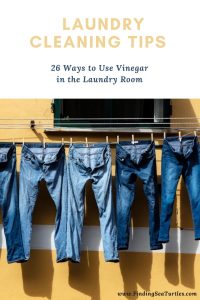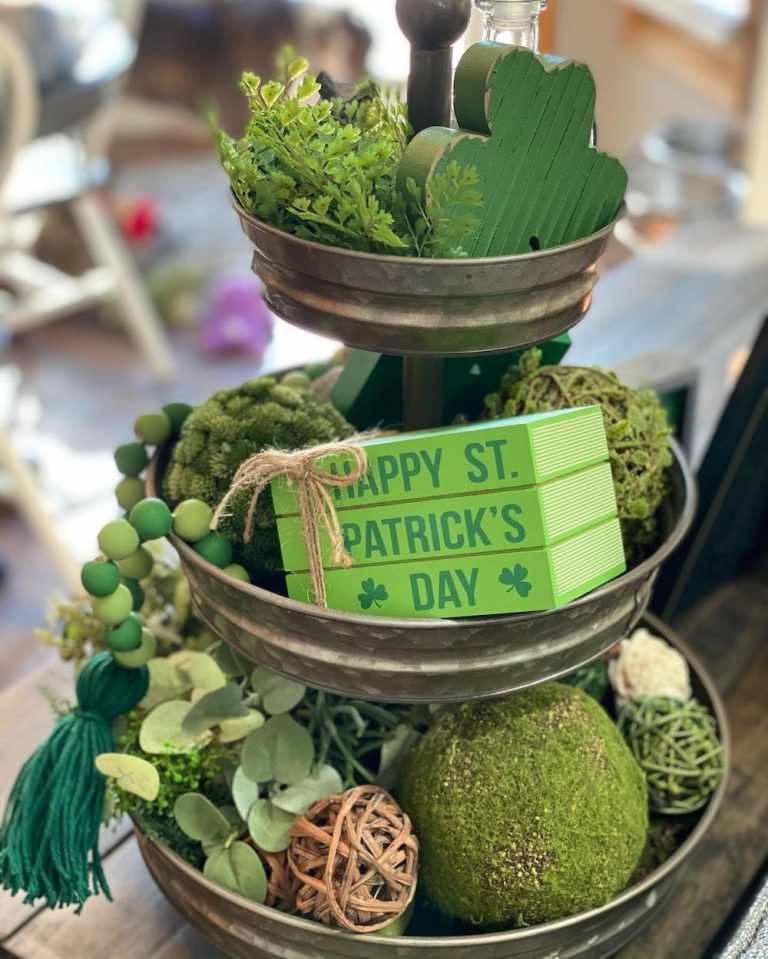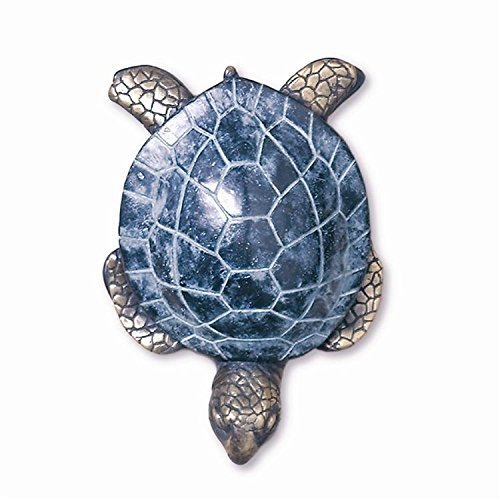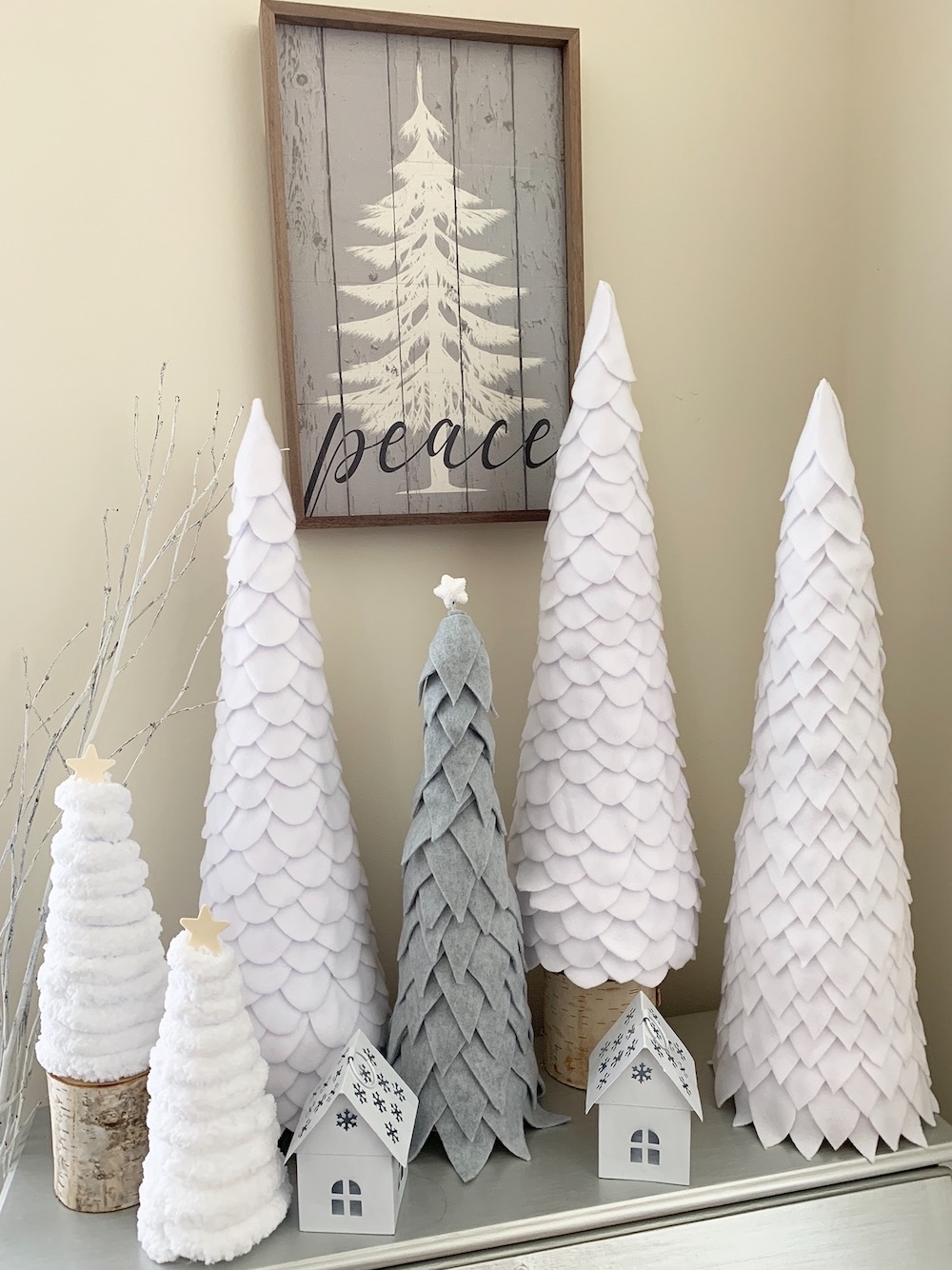Vinegar Cleaning Tips for Laundry
Vinegar cleaning tips for laundry and the frugal family. Cleaning with vinegar is a wise choice among the frugal crowd. But did you know that vinegar is just as useful in the laundry room? That’s right, you can use vinegar to not only wash laundry but to clean laundry appliances as well.
The benefits of cleaning with distilled white vinegar are endless or so it seems. It not only helps eliminate odors and bacteria but helps clothes look their best. Whites are whiter and colored clothes are brighter. And vinegar helps keep those laundry appliances in good working order.
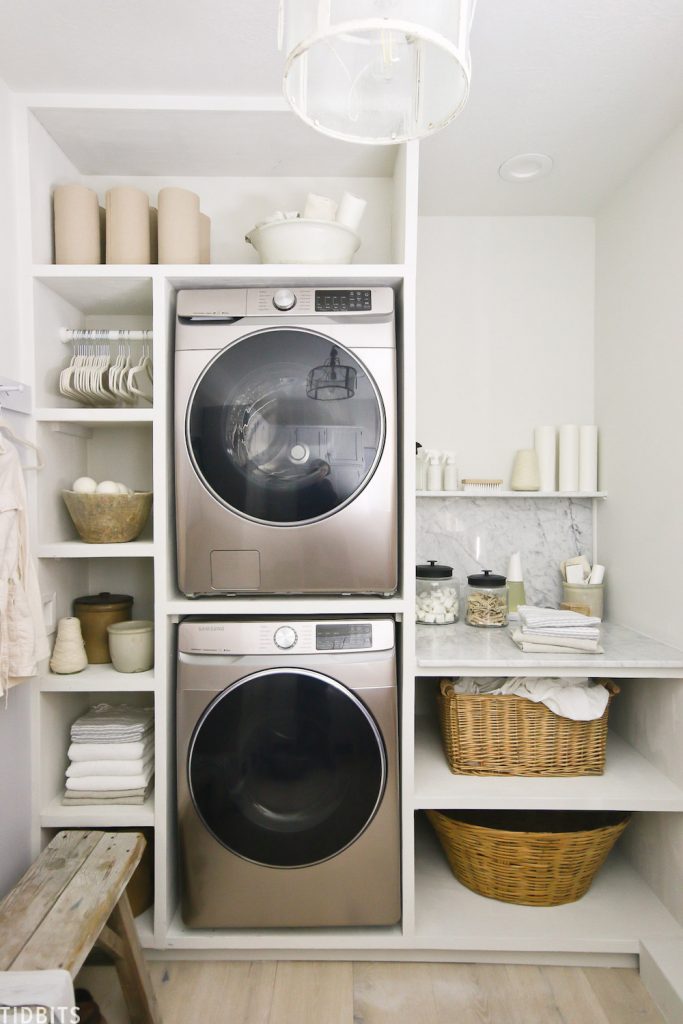
Vinegar has a special place in the frugal household. As a money saving benefit, add distilled white vinegar to your laundry supplies. It helps clean, soften, and eliminate bacteria on clothing and linens. Take a look at our list of vinegar cleaning tips for laundry.
PRE -WASH TREATMENT – VINEGAR CLEANING TIPS FOR LAUNDRY
Brighter White Socks
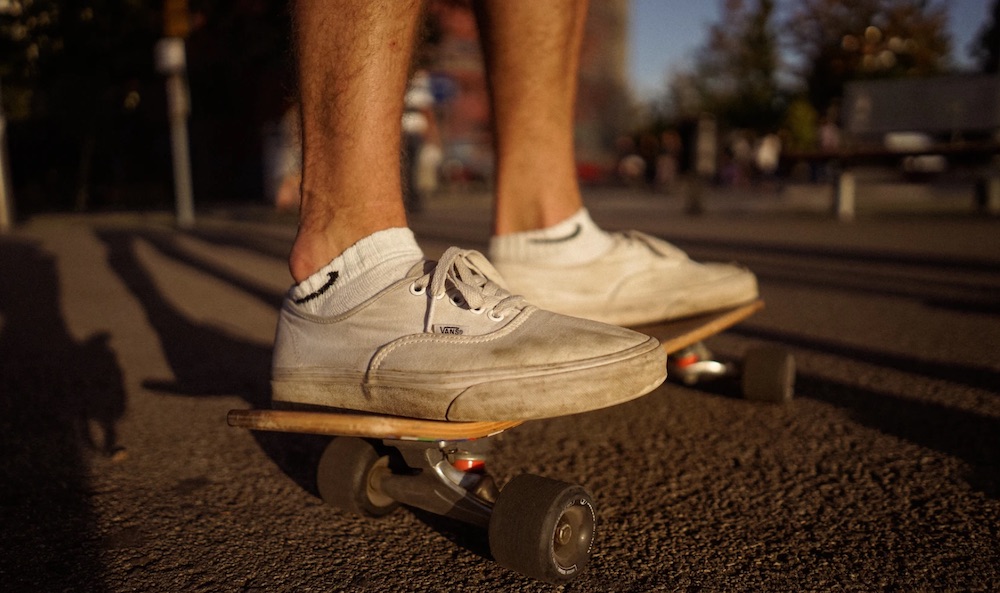
Boil 1 cup of white vinegar with 6 cups of tap water. Pour the boiling, hot water into a pail or bucket. Drop the dirty socks into the pail. Soak the dirty socks overnight then wash the socks in the washing machine. The vinegar will whiten the socks.
Clothing Stains from Deodorant or Antiperspirant
Use full strength white vinegar to lightly rub out deodorant and antiperspirant stains from clothing. Follow up with washing the garment according to the manufacturer’s instructions.
Extract Chewing Gum from Clothing
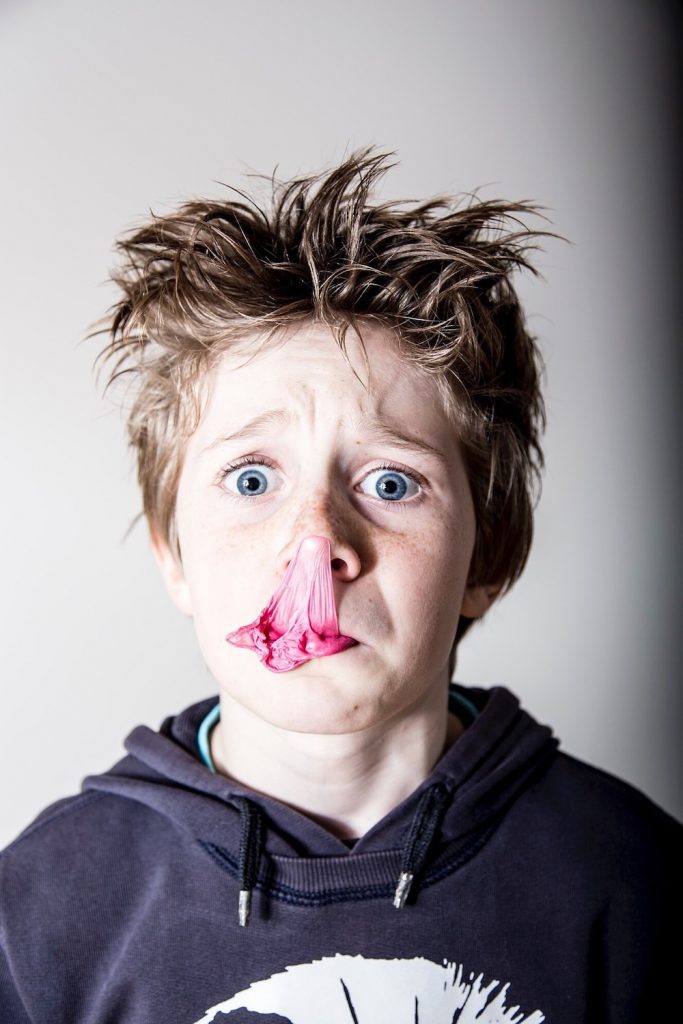
Accidents happen. That’s life. To clean clothing with smeared chewing gum, read on. Rub full strength vinegar into the chewing gum embedded on the clothing. Continue to work the vinegar soaked cloth into the gum and fabric until the gum breaks down.
Paint Stains Removal
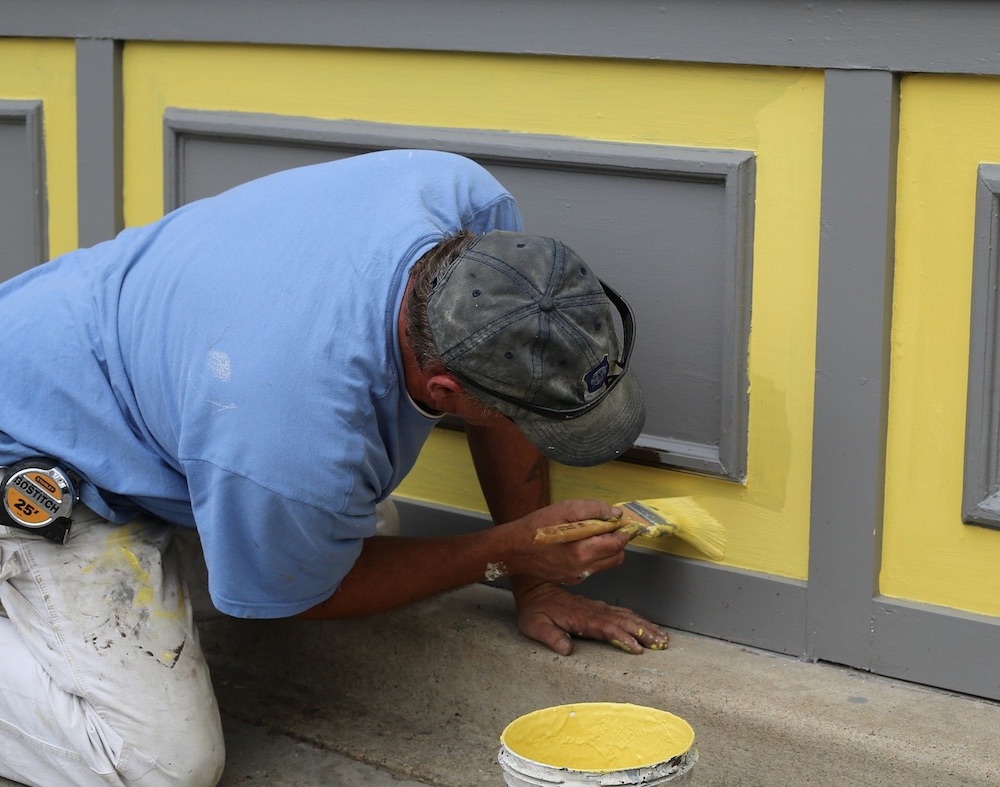
Warm full strength white vinegar in a container. Then soak the paint stained clothing in the heated vinegar.
Perspiration Stain Removal

Make a paste from 2 parts white vinegar and 3 parts baking soda. Apply the paste on perspiration stains and scrub away. Let the scrubbed in paste remain on the garment for 30 minutes then wash the garment. The vinegar baking soda paste removes sweat, ink, and light mildew stains on clothing. As an alternative, pour vinegar directly on the stain afterwards rub the vinegar into the material followed by laundering.
Prevent Colors from Bleeding to Other Fabrics
Prior to washing bright colored clothes, soak new clothes in vinegar. Pour several cups of undiluted white vinegar into a dishpan or pail. Add water and mix thoroughly. Next drop the garment into the dishpan or pail. Leave the garment to soak between 10 to 15 minutes then drop in the washing machine and launder.
Remove Smoke Odors from Clothing
Hang clothing over a steaming bathtub of one cup of white vinegar and hot water. The steam will smooth the wrinkles out of the clothing.
Scorch Marks on Clothing
On a clean cloth, pour white vinegar and lightly rub the scorched fabric to clean. Afterwards, wipe the scorched area with a clean cloth.
Stain Removal from Liquids
For smaller stains on cotton-blend clothing, moisten a cloth or towel with undiluted white vinegar. Then wash the garment in the washing machine. Water soluble stains such as beer, coffee, tea, orange juice, and other juices can be treated with this method.
Stains that cover a larger area of cotton-blended clothing, mix 3 parts white vinegar to 1 part cold water. Pour the vinegar cold water mix in a pail. Soak the stain covered garment in the pail overnight. Then wash the garment in the washing machine.
Stain Removal from Blood, Hair Dye, Ketchup
For washable cotton blends, pour undiluted white vinegar in a bowl. With a sponge dipped in vinegar, dab the stain area. Rub the vinegar into the material to remove the stain. Treat blood, cola, hair dye, or ketchup stains on washable cotton blends as soon as possible. The best time to do this is within 24 hours. After treating with full strength vinegar, launder right afterwards.
For tougher stains, add 1 to 2 cups of vinegar to the wash cycle.
Pretreat stains that have set in with this solution:
- 3 tablespoons of white vinegar
- 2 tablespoons of liquid detergent
- 4 cups of warm water
Mix these three ingredients. Then rub this solution into the stain that has set in. Blot dry prior to washing the garment.
Wine Stains
Wine stains must also be removed within 24 hours. For clothing made from 100 percent cotton, cotton polyester blend, or permanent press fabrics stains can be removed with a sponge and vinegar. Sponge undiluted white vinegar directly on the stain then rub away the stain. It is important to clean the garment or linen within 24 hours of the spill. After the vinegar treatment, follow up with cleaning instructions as noted on the manufacturer’s label.
Yellowed Clothing
Mix 1 part vinegar to 12 parts of warm water in a pail or bucket. Drop clothing that is yellowed into the pail. Soak overnight in the vinegar water solution. Then follow up with a machine washing. This prewash treatment helps restore color to shirts and t-shirts.
WASHING CLOTHES – VINEGAR CLEANING TIPS FOR LAUNDRY
Baby Clothes
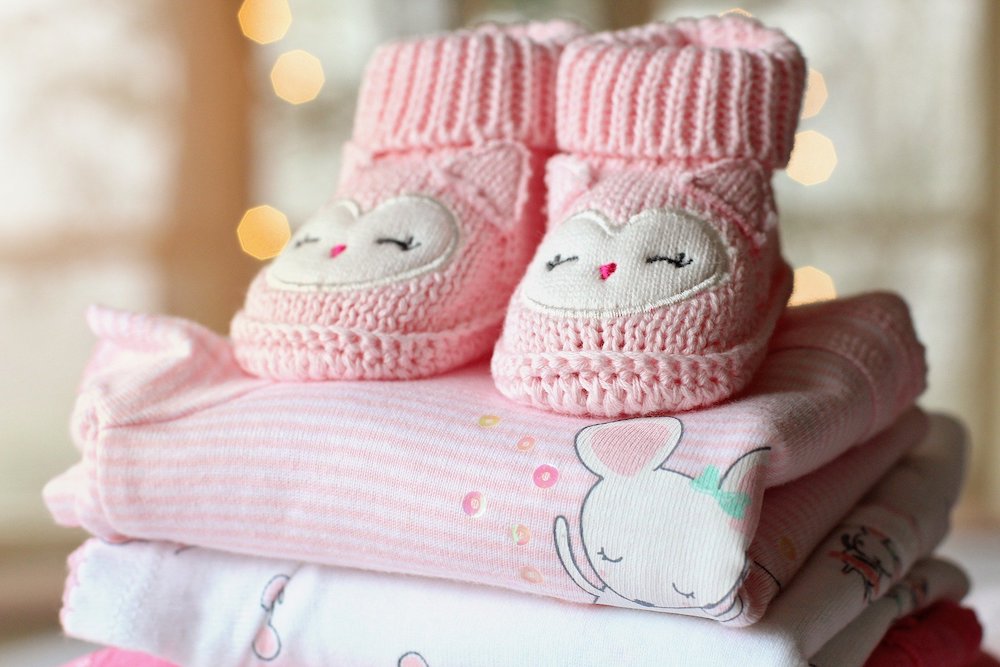
In the rinse cycle, mix a cup of white vinegar to each load of baby clothes and diapers. Vinegar helps maintain the softness and freshness to baby’s clothes.
Washing Tips:
Add one cup of vinegar to the wash load. Vinegar helps eliminate bacteria from the clothing. It helps soften and leaves clothing fresh smelling. The use of vinegar in the wash eliminates the need for dryer softening sheets.
Pour a cup of distilled white vinegar to the rinse cycle of the wash. Vinegar helps clothes so that they are lint-free and static-free.
Include one cup of white vinegar in the wash load to remove dust, chemicals, and odor from clothing. Wash with vinegar both second-hand and brand new clothing prior to using.
Blanket Freshen
Add 2 cups of white vinegar to the rinse cycle of the wash. Softens and fluffs blankets made from cotton and wool.
Brighter Colored Clothing
Pour ½ cup of white vinegar to the wash cycle of your washing machine. Colored clothing brightens up.
Setting Colored Fabric
Add a cup of distilled white vinegar to the last rinse cycle to set colors in the fabric. This helps when you are dyeing fabrics.
Washing with Vinegar in the Rinse Cycle
Add 1 cup of distilled white vinegar to the rinse cycle of the wash. The slightly acidic vinegar dissolves any soap or detergent alkaline remaining in the clothing. Clothes have a cleaner rinse when soap and detergents are flushed from the clothing. Vinegar is mild enough to not harm fabrics.
AFTER WASH – VINEGAR CLEANING TIPS FOR LAUNDRY
Eliminates Wrinkles
In a spray bottle, add 1 part vinegar to 3 parts water. Lightly spray the wrinkled clothing with the solution then hang clothing on a clothes hanger. Allow the clothing to air-dry. An alternative to pressing clothes.
MAINTAIN LAUNDERING EQUIPMENT IN WORKING ORDER
Washing Machine Cleaning
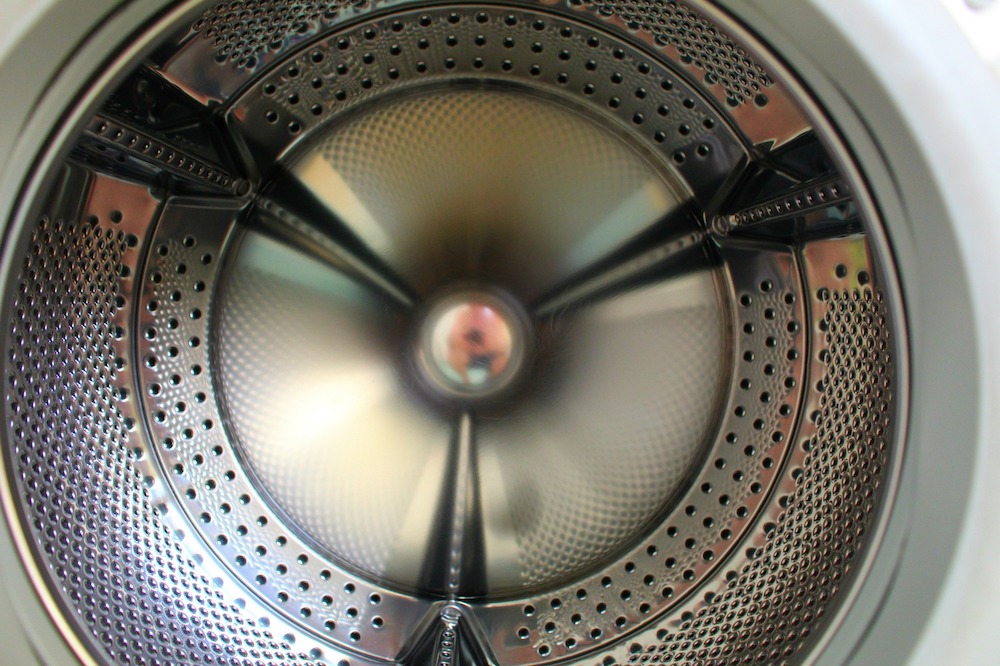
Pour 2 cups of vinegar in the washing machine. Run the washing machine empty for an entire cycle. Vinegar removes any remaining soap scum and disinfects the interior of the machine. Repeat this cleaning at least once a month so that your washer operates at its best.
For washing machines that are exceptionally dirty, fill the machine with hot water and pour 2 gallons of vinegar. Run the washer so that the agitator runs between 8 to 10 minutes long. Then stop the washer’s cycle and turn off without draining the vinegar water solution. Allow the solution to remain in the washer overnight. Empty the washer the following morning by continuing with the cycle. Followed by running an entire cycle with the machine empty.
Steam Iron Maintenance

Step 1: Fill the iron’s reservoir with undiluted white vinegar. Stand the iron in an upright position. Turn the iron setting to the “Steam” setting and leave on for 5 to 10 minutes.
Step 2: Fill the iron’s reservoir with clean water. Stand the iron upright and turn to the “Steam” setting. Leave the iron on for between 5 to 10 minutes.
Step 3: Top off the reservoir with cold, clean water. Then pour out. Rinse the reservoir so that it is clean. Any loosen particles dislodged from the iron will pour out when emptied. Then let the iron dry.
The vinegar and clean water steam cleaning eliminates mineral deposits and prevents corrosion of the iron. Periodically, clean the iron with vinegar followed by a clean water steaming then rinse with clean water.
Iron Soleplate Cleaning
Heat equal parts of white vinegar and salt in a small pan. Make a paste of the vinegar and salt. Using the paste, scrub the soleplate and remove any scorch marks. Lastly, with a clean damp microfiber cloth wipe away any remaining residue. Clean soleplate as needed.
MORE CLEANING TIPS – VINEGAR CLEANING TIPS FOR LAUNDRY
Clean Suede Clothing and Shoes
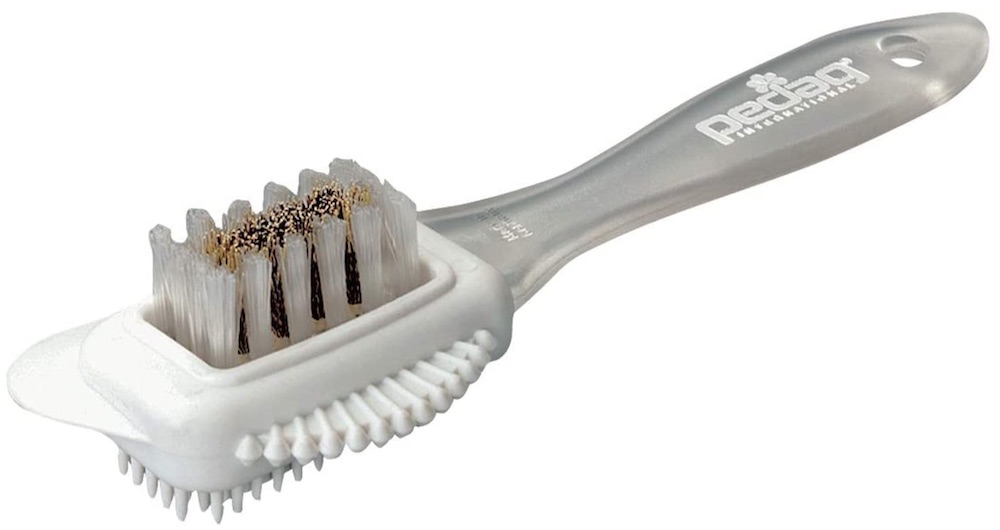
Using a soft brush dipped in distilled white vinegar, gently brush the soiled grease spot from the suede material. Allow the spot to air-dry and follow up with a second brushing using a suede brush. Repeat if needed. Clean suede jackets, skirts, and shoes using these steps.
Restore Shrunken Wool Sweaters
In a large pot, mix 1 part white vinegar and 2 parts water. Bring to a boil then remove from the heat source. Drop the shrunken sweater into the pot, leaving the sweater soaking for 25 minutes in the solution. Remove the sweater from the pot, squeeze any excess water. After the sweater has been stretched to its original size, allow the sweater to air-dry.
Leather Cleaning
Mix equal parts of distilled white vinegar and linseed oil (also known as flaxseed oil or flax oil) in a small contain. Rub mixture into the leather to clean. Follow with a polishing using a soft cloth.
Vintage Lace Cleaning
Remove rust spots from vintage lace with a mixture of white vinegar and hot water. Soak the vintage lace in cold water followed by a rinse. Rinse the lace several times to clean. Follow with a hand-washing using a mild, gentle liquid detergent.
CLOTHING REPAIRS
Stretched Seam Holes and Creases in Fabric
Moisten a cloth with full strength white distilled vinegar and place under the fabric where the crease and seam holes are. Next, iron the area with the seam holes. The ironing over the vinegar will soften the fabric, eliminate any creases, and shrink the seam holes. Creases and seam holes typically occur when either a seam or hemline is removed on fabrics.

On a final note, remember that some ingredients can never be mixed with other ingredients. For example, never mix ammonia-based products with chlorine bleach products. Toxic fumes occur when ammonia products are mixed with chlorine bleach products. These toxic fumes are dangerous. Verify that the ingredients you are using are the correct ingredients.
And if you are lucky enough to have granite or marble in your laundry room, never use vinegar on those surfaces. Vinegar will scratch stone surfaces.
In Closing . . .
As a money saving benefit, add distilled white vinegar to your laundry. It helps clean, soften, and eliminate bacteria in clothing. This is our complete list of vinegar cleaning tips for laundry and the frugal family. If you have any additional vinegar cleaning uses for the laundry let us know. We would love to hear about your vinegar uses in the laundry.
Interested in DIY cleaning? If you found this helpful . . .
You May Also Enjoy some of our other DIY cleaning related posts.
DIY Shoe Cleaning Tips
Homemade Cleaners for the Frugal Home
Home Cleaning Uses for Vinegar
42 Brilliant Cleaning Microfiber Cloth Uses
We are sure you’ll enjoy these DIY cleaning tips for the frugal home. And if you have any questions, feel free to reach out to us. We always are ready to help you out. Thank you for dropping by.
Mary



